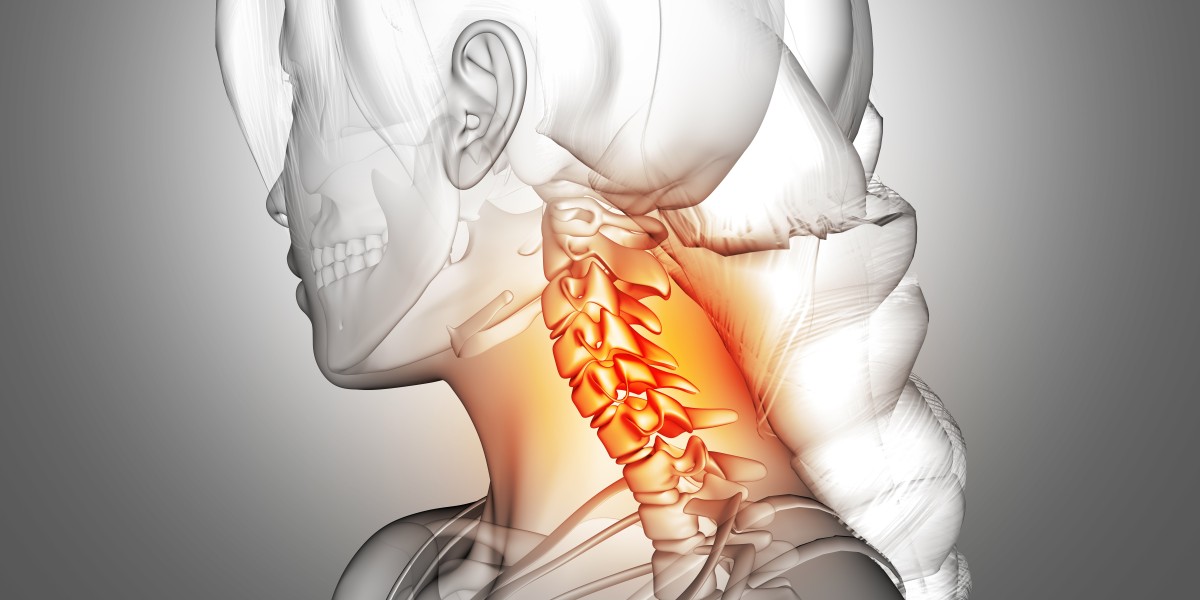Introduction
Your brain needs a constant, healthy flow of blood to function. But when the arteries in your neck — called the carotid arteries — start to narrow, that supply is threatened. This condition, known as carotid artery stenosis, is one of the leading causes of stroke. The good news? With the right awareness and treatment, it can often be prevented or effectively managed.
Understanding the Condition
Carotid artery stenosis occurs when fatty substances, cholesterol, and other debris build up inside the walls of the carotid arteries. Over time, this buildup — known as plaque — makes the arteries narrow and stiff, reducing blood flow to the brain. In severe cases, a piece of plaque can break off, forming a clot that blocks blood flow completely, leading to a stroke.
Symptoms You Shouldn’t Ignore
Carotid artery disease can be silent for years. Many people remain unaware until a transient ischemic attack (TIA) or a stroke occurs. Be alert for the following warning signs:
Sudden weakness or numbness on one side of the face or body
Trouble speaking or understanding words
Temporary loss or blurring of vision in one eye
Dizziness, confusion, or unsteadiness
A sudden, severe headache without a known cause
Even if these symptoms last for just a few minutes, they are a medical emergency. Seek immediate help.
What Causes Carotid Artery Stenosis?
The most common cause of carotid artery stenosis is atherosclerosis — the gradual buildup of fatty deposits within artery walls. Several factors increase your risk, including:
High blood pressure
Elevated cholesterol or triglycerides
Smoking or tobacco use
Diabetes
Obesity and lack of exercise
Age over 60
Family history of cardiovascular disease
Addressing these risk factors through healthy habits and medical management can greatly reduce your risk.
How Doctors Diagnose It
Diagnosis starts with a clinical examination and may include one or more imaging tests:
Carotid Ultrasound: The most common test to detect blockages and measure blood flow.
CT Angiography (CTA): Provides detailed, cross-sectional images of the arteries.
MR Angiography (MRA): Offers a radiation-free view of the blood vessels.
Cerebral Angiography: Used for detailed evaluation before surgical procedures.
Treatment Options
The treatment approach depends on the degree of narrowing and whether you have experienced symptoms.
1. Lifestyle and medication management:
For mild to moderate stenosis, lifestyle changes can help prevent further progression:
Eat a heart-healthy diet rich in fruits, vegetables, and whole grains
Exercise regularly
Quit smoking and limit alcohol
Manage diabetes and blood pressure
Doctors may also prescribe:Statins to lower cholesterol
Blood thinners to prevent clot formation
Antihypertensive drugs to control blood pressure
2. Surgical and interventional procedures
If the artery is severely narrowed or symptoms persist, doctors may recommend:
Carotid Endarterectomy: A surgical procedure that removes plaque buildup directly from the artery.
Carotid Artery Stenting: A minimally invasive procedure that places a stent to widen the artery and restore blood flow.
Both procedures are effective in reducing the risk of stroke and improving long-term outcomes.
When to Seek Urgent Medical Help
If you notice sudden weakness, speech difficulties, or vision loss, do not wait for symptoms to subside. Every minute counts during a stroke — immediate treatment can save brain cells and lives.
About Dr. Arvind Nanda
Dr. Arvind Nanda is a highly acclaimed Interventional Radiologist and Neurointervention Specialist with more than two decades of experience in treating vascular and neurological conditions. Trained at the University Hospital of Zurich, Switzerland, Dr. Nanda is known for his expertise in advanced, minimally invasive procedures such as carotid stenting, aneurysm treatment, and stroke intervention. His patient-centered approach combines precision, compassion, and innovation — ensuring each patient receives the best possible care with faster recovery and lasting results.
Conclusion
Carotid artery stenosis is a silent but serious condition that can lead to stroke if ignored. Fortunately, it is both detectable and treatable with modern medical care. By managing risk factors, staying alert to early warning signs, and consulting an experienced specialist like Dr. Arvind Nanda, you can protect your brain and secure your long-term health.






